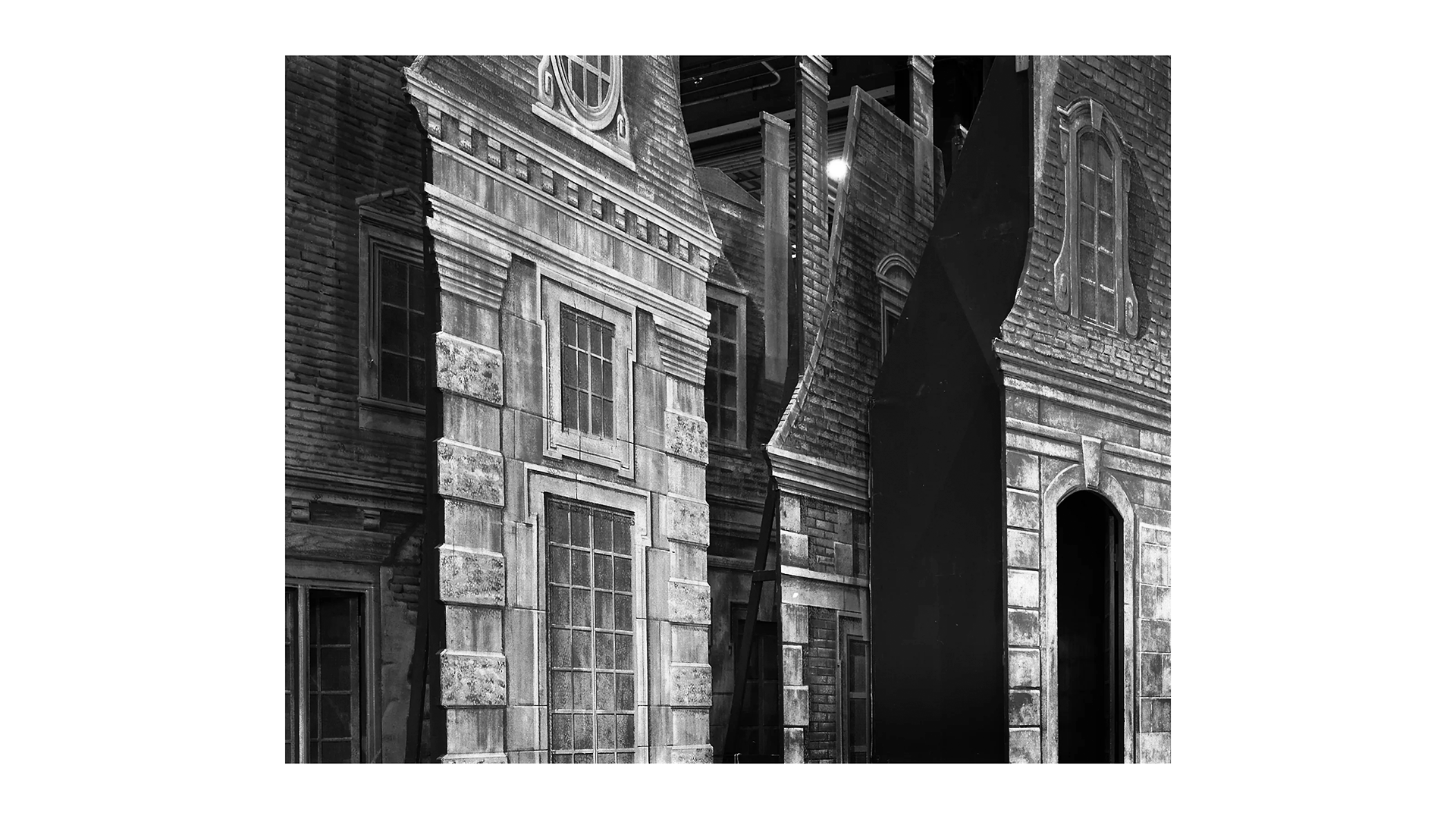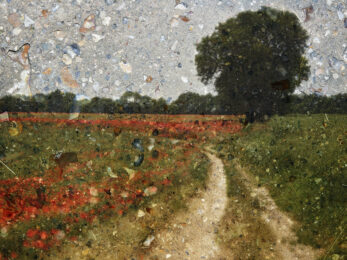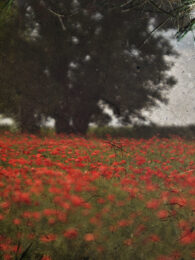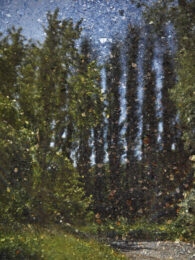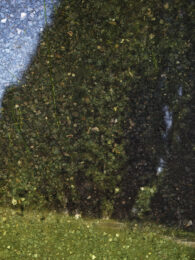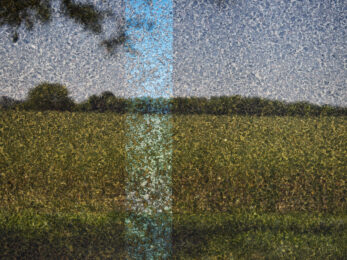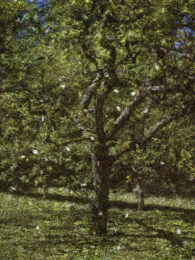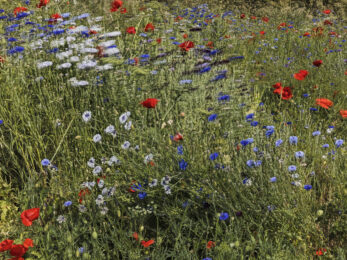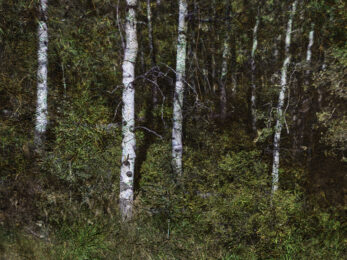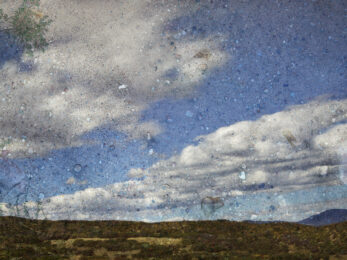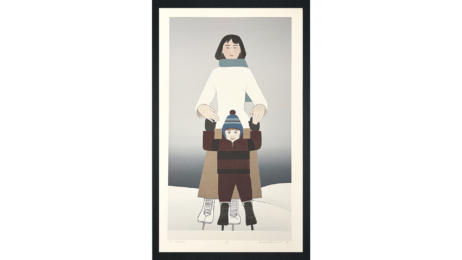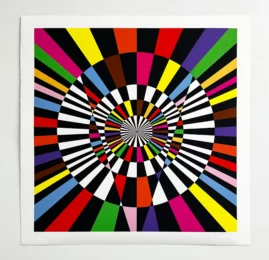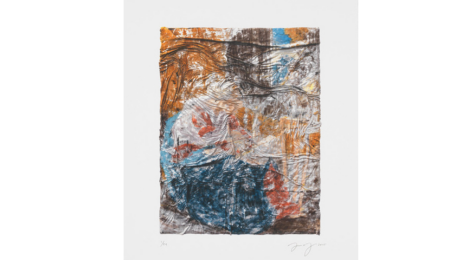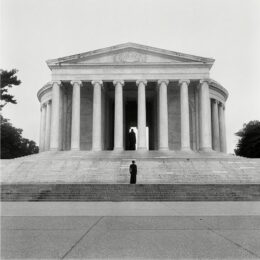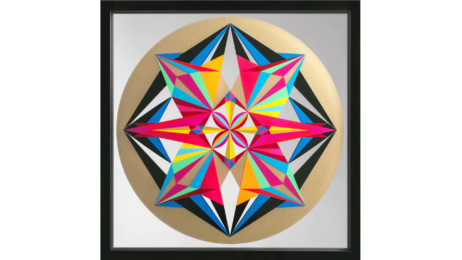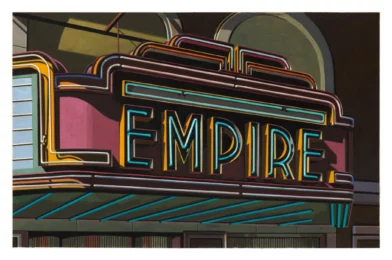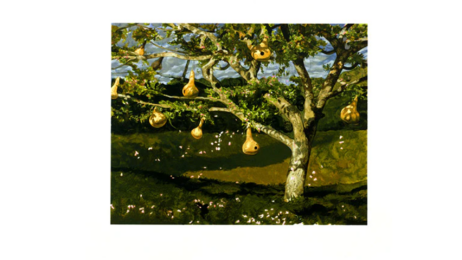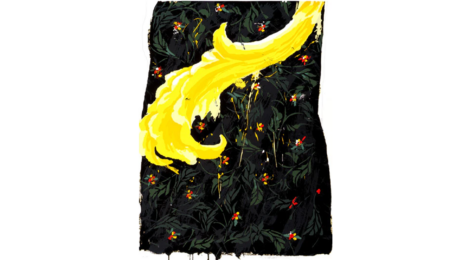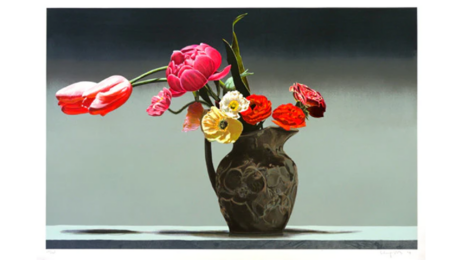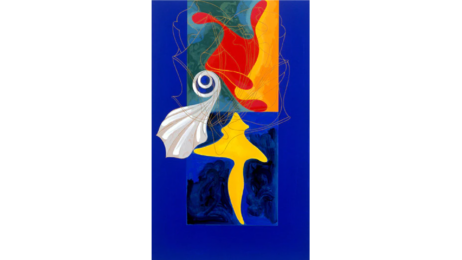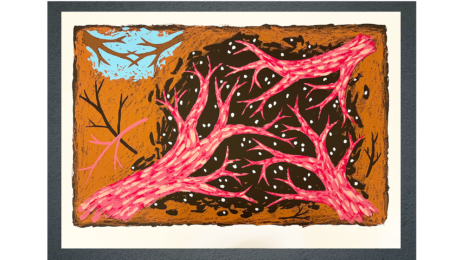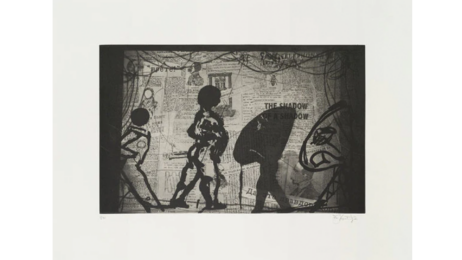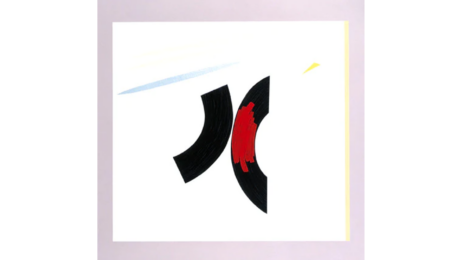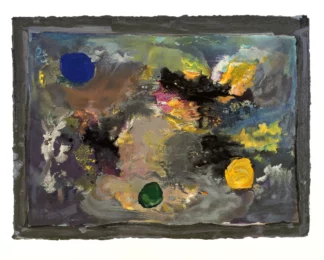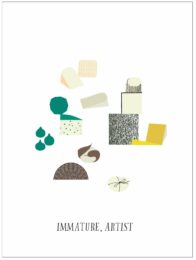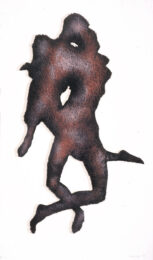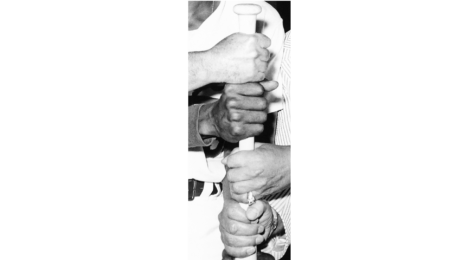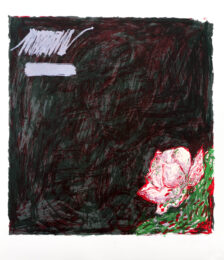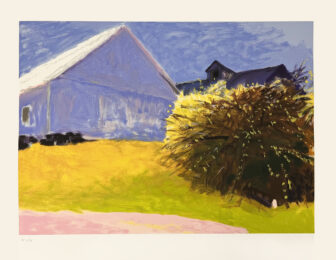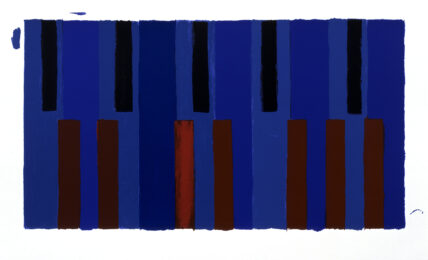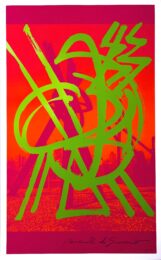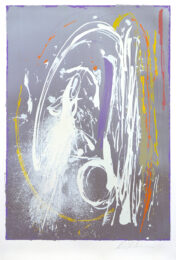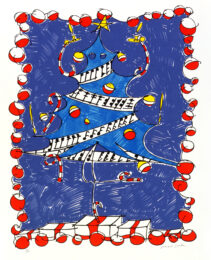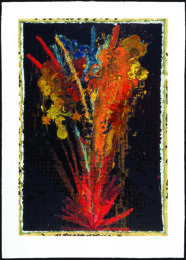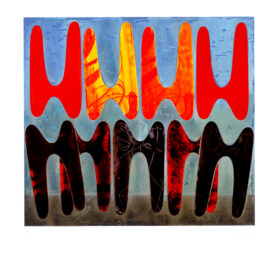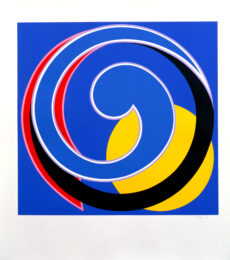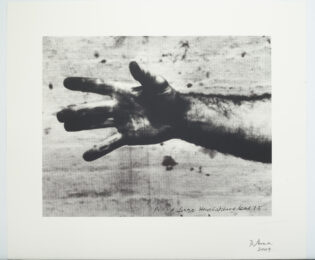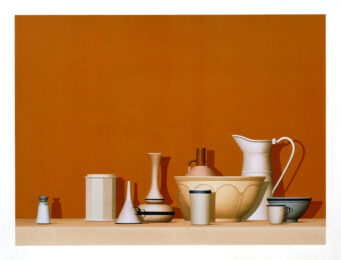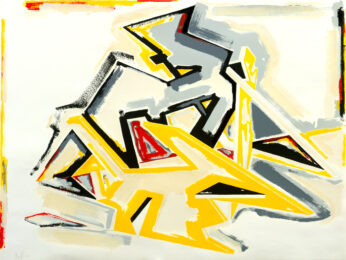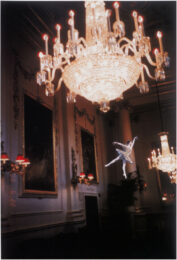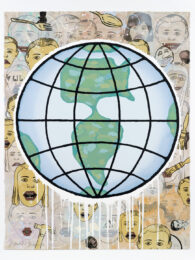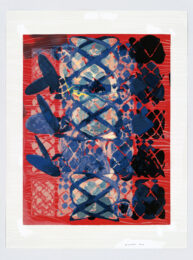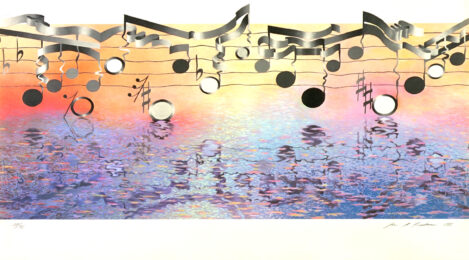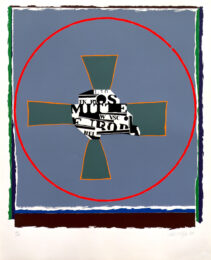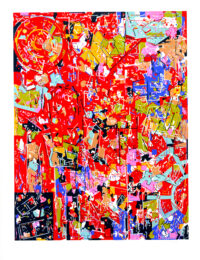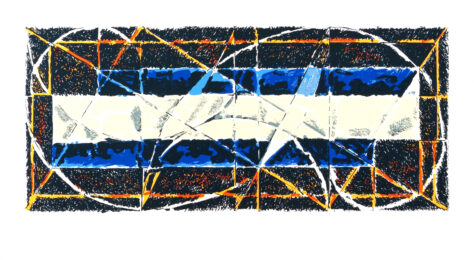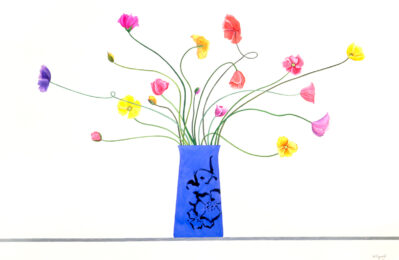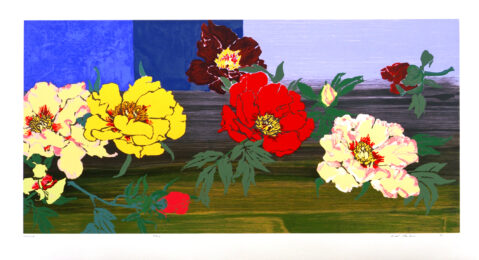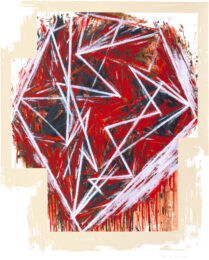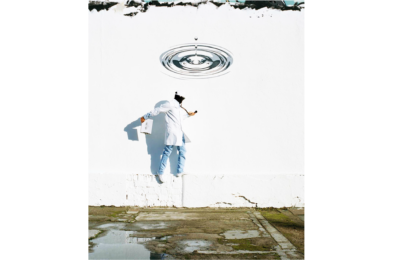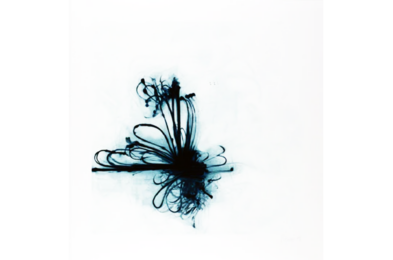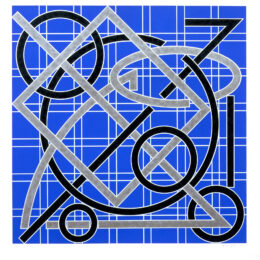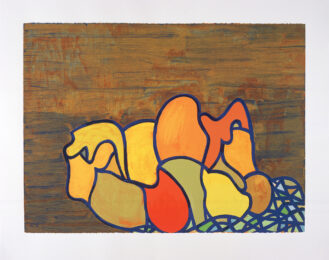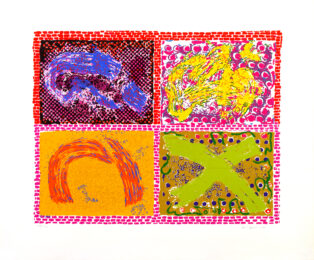Details — Click to read
Always intrigued with optics and how an image is constructed, Morell began his photographic career within the most steadfast of genres, the still life. His pared down images focused resolutely on simple, everyday items: a glass bottle, a page within a book, a child’s toy. In 1991, Morell, wanting to illustrate to his students the basic tenet of photography – light passing through an aperture and its projected image – stumbled upon what proved to be a turning point; Morell realized with his image “Light Bulb,” that any room, any space can be turned into a camera. Renowned for his camera obscura works, Morell has over the years perfected the technique and continues to use what is fundamentally one of the oldest, most primitive ways to make an image.
The passage of time and capturing it in a photograph has long fascinated Morell. In the beginning, his camera obscura photographs required exposures of several hours, but now with digital technology, it is much faster. He is able to show specific times of day in single images, moments can be pinpointed instead of hours passing. Morell deftly balances a philosophical approach with a scientific rigor, and honoring a Modernist tradition, he continues to experiment, creating collages, cliché verre on glass, and for his camera obscura works, adapting a tent so that he can take the images outdoors. The effects of these images hark back to Impressionist painting where famous vistas are juxtaposed with unexpected, nontraditional surfaces, a marriage of two outdoor realities.
In 2005, Morell was commissioned by Lincoln Center to create a photograph for the Metropolitan Opera’s production of Manon Lescant. It is signed and numbered in an edition of 54. The total edition size includes 18 Artist Proofs.

